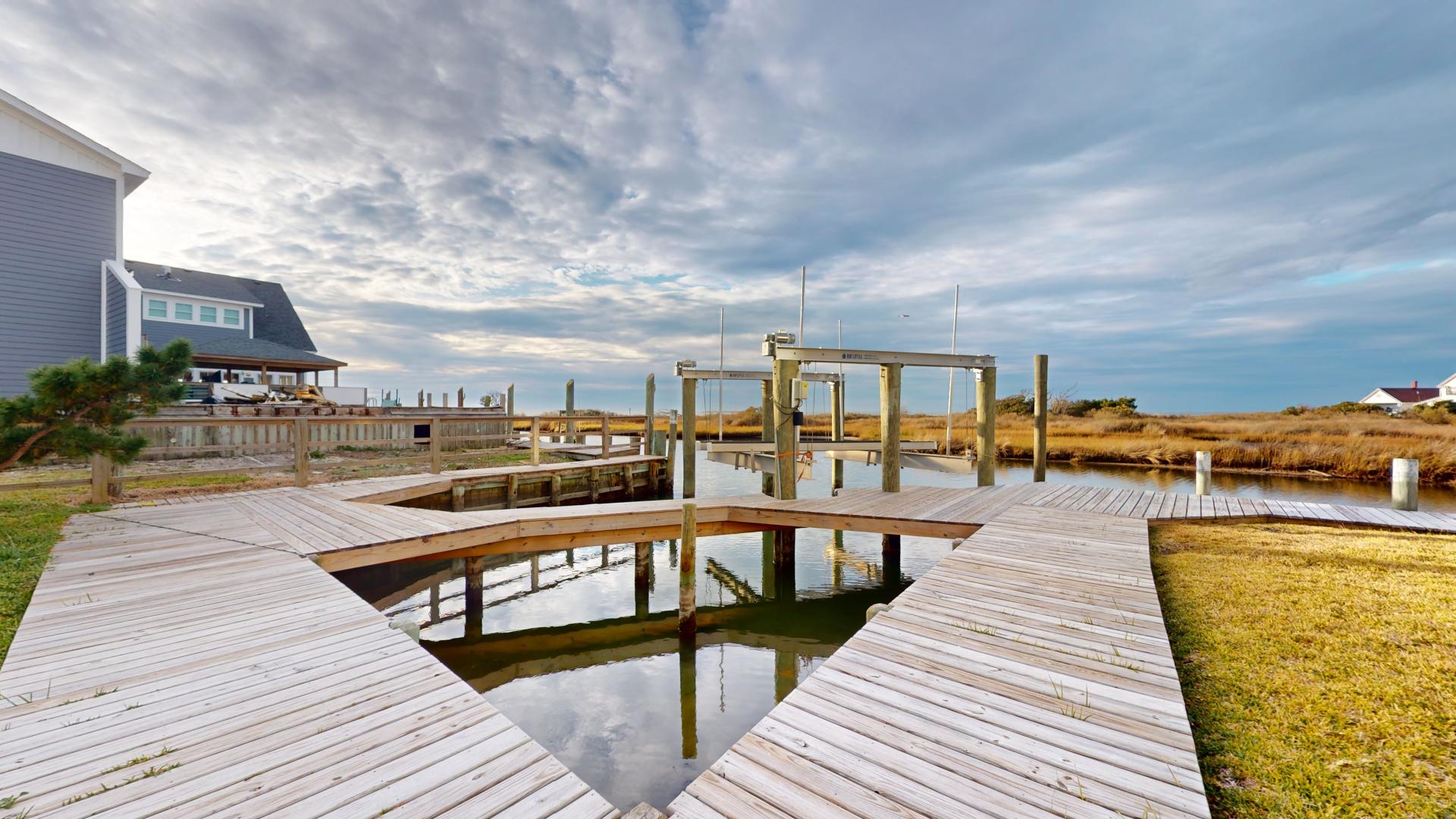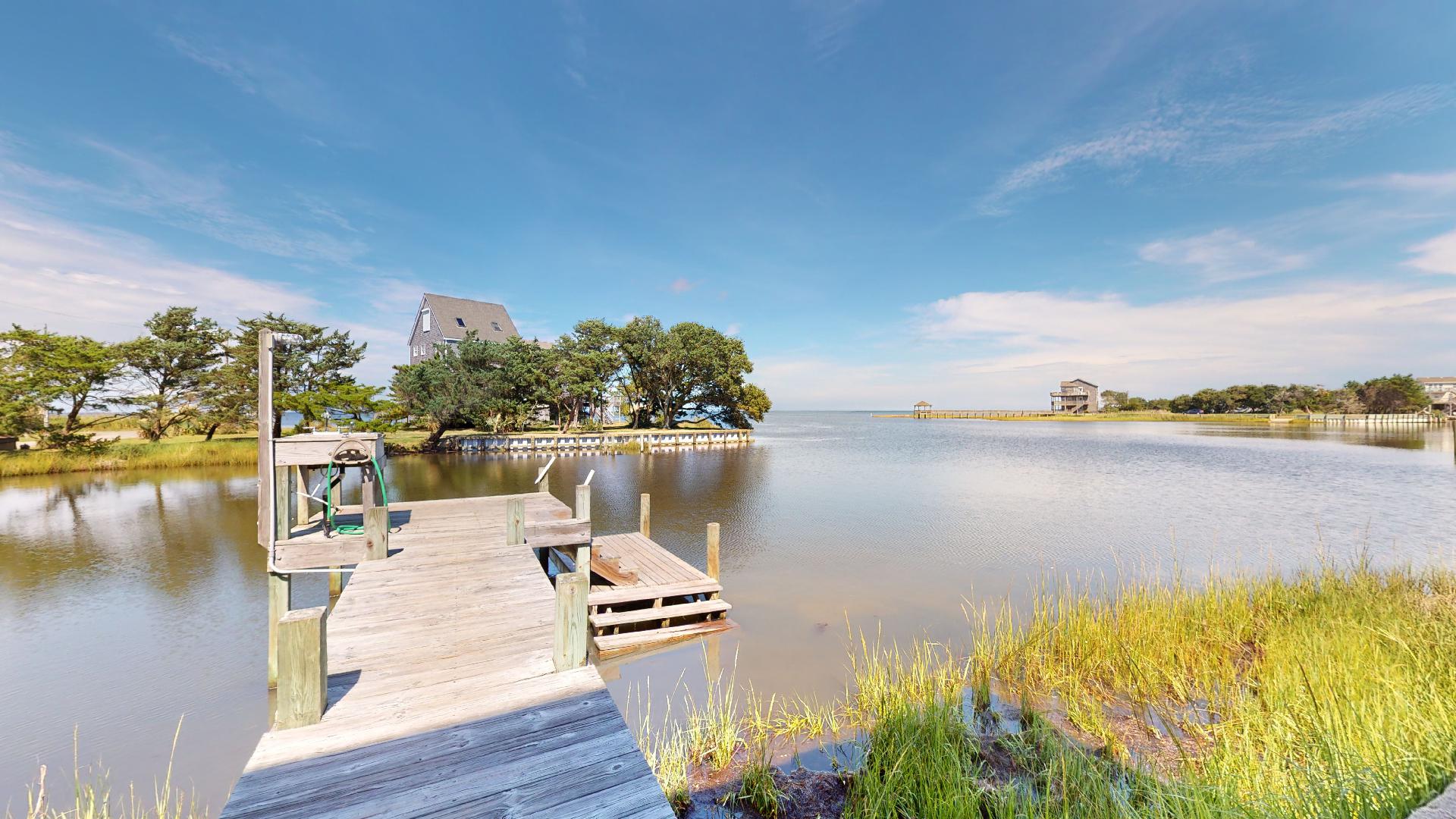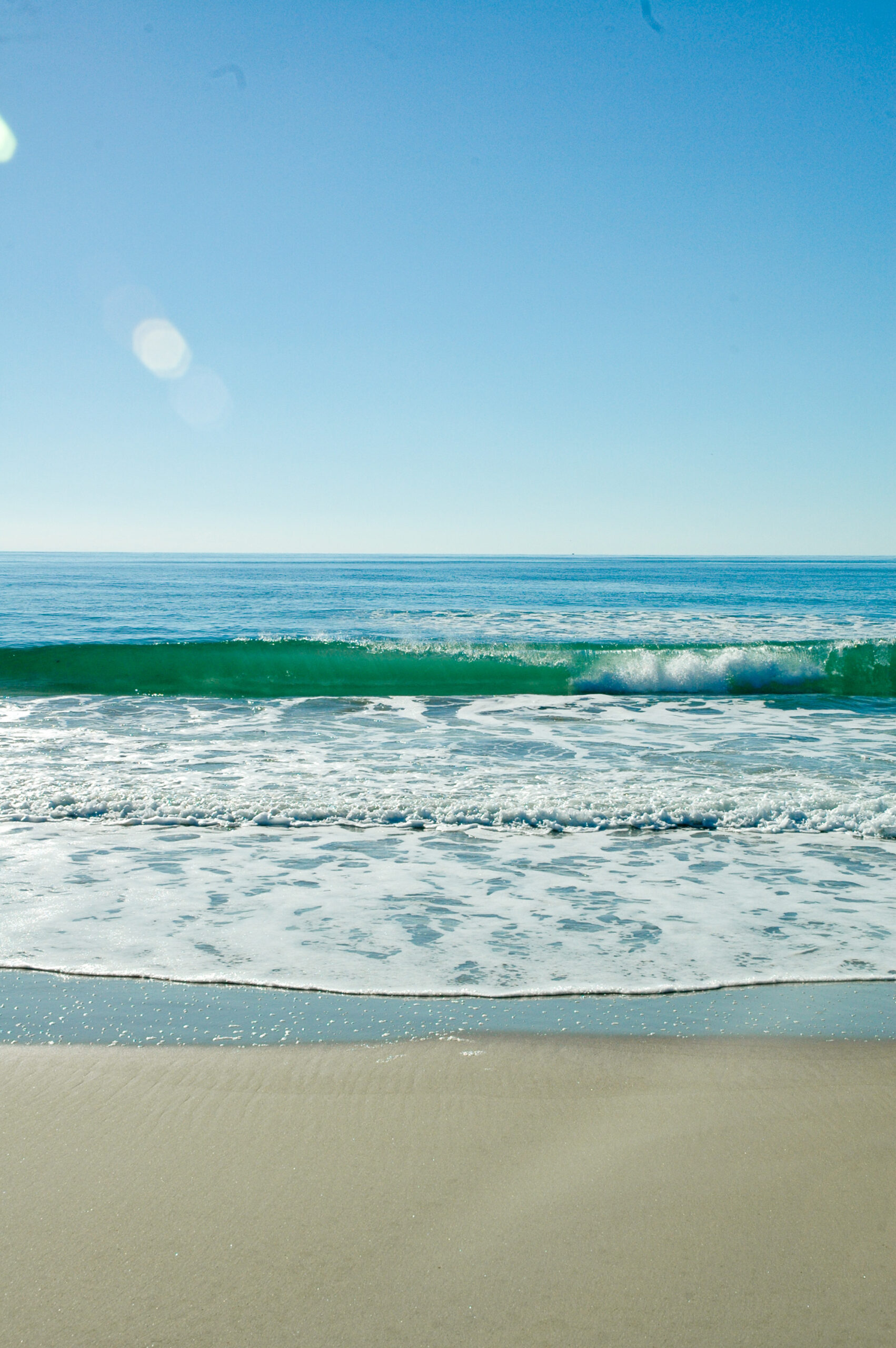04/20/2022

Perhaps you’ve heard the catchy phrases “turn around, don’t drown” or “if in doubt, don’t go out”. Maybe you have a general idea of what they mean and maybe you don’t. Either way, knowing swim safety isn’t something you should kind of know, it’s something you should know like the back of your hand, because come test time, there is only pass or fail.
Of course, we don’t want to scare you, but the ocean is something to be respected and the unfortunate reality is that sometimes a fun day at the beach can turn into a terrible one. The ocean has an unsuspecting strength that is to be both admired and healthily feared, because no one wants their beach vacation to end in tragedy.
Swim safety is multi-faceted and applies to every swimmer, including the strongest and most experienced ones. There is being conscious of conditions, knowing your surroundings, being able to spot rip currents as well as how to get out of them, there is adhering to safety tips and more. Taking these things seriously and making sure the whole family is educated will help to ensure your beach vacation is strictly fun and games from start to finish. In a nutshell, swim responsibly.
GET EDUCATED ON SWIM SAFETY
Check Conditions
Just to start, know the conditions before you head out. The daily beach forecast by the National Weather Service (NWS) includes rip current risk levels and information about other hazards at the beach. You can also sign up for beach-related text alerts by texting “OBXBeachConditions” to 77295. Another great resource for morning beach conditions, as well as many other informative resources, educational tools and infographs is Love the Beach, Respect the Ocean.
 Know Your Surroundings
Know Your Surroundings
The best way to be conscious of what’s going on around you before you even get in the water is educating yourself on how to spot a rip current, which can happen on even the prettiest days at the beach. Knowing how to spot a rip and then knowing how to also get out of one is so important. Understanding what is happening while it’s happening will help you not to panic, which is one of the major contributing factors to drownings.
Swim Safety Tips
The following tips were provided by the National Park Service and should always be observed.
• Bring something in the water with you that floats. Rather than struggling through a rip current and exhausting yourself, bring something into the ocean that floats and easily float away from the rip current. Float don’t fight.
• Swimming in the Atlantic Ocean is not the same as swimming in a pool or a lake. Ocean swimming can be very physically taxing and may exacerbate underlying medical issues in older swimmers.
• A perfect day on the beach doesn’t always mean that it’s a perfect day in the ocean. If in doubt, don’t go out.
• Never swim alone. Swim with a buddy and have adult supervision for all children. Have someone on shore keep an eye on you while you swim/surf/wade in the water.
• Remember, many people drown while trying to save someone else from a rip current. Use flotation and make safe choices.
• Be aware of additional hazards, such as lightning, high surf and shore break. Learn more at lovethebeachrespectheocean.com.
• Avoid wearing shiny objects that may attract sharks and other fish.
• Avoid swimming where danger is present: in rough seas; inlets; around fishing piers and surfers; at night; or during thunderstorms.
Lifeguard Beaches
Lifeguard beaches are the safest places to swim on Hatteras Island. There are two beach locations that are staffed with lifeguards from Memorial Day weekend through Labor Day (9 a.m. to 5 p.m.). Those locations are:
1. Cape Hatteras Lighthouse Beach Access (Adjacent to the Old Cape Hatteras Lighthouse site)
2. Frisco Beach Access (Located just south of Frisco Village and newly remodeled over the off-season)

Sign-up for daily beach forecast messages to stay in the know about beach conditions






